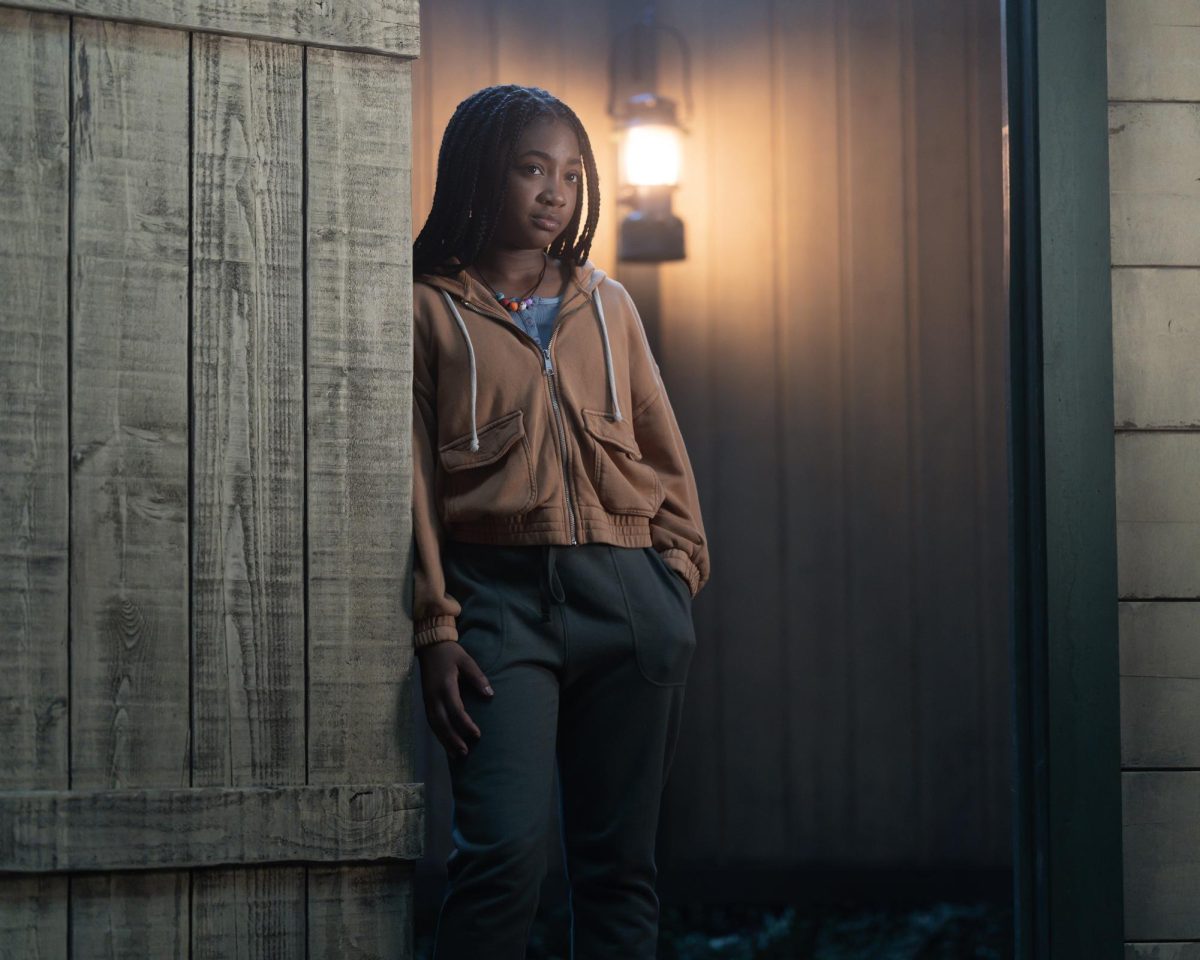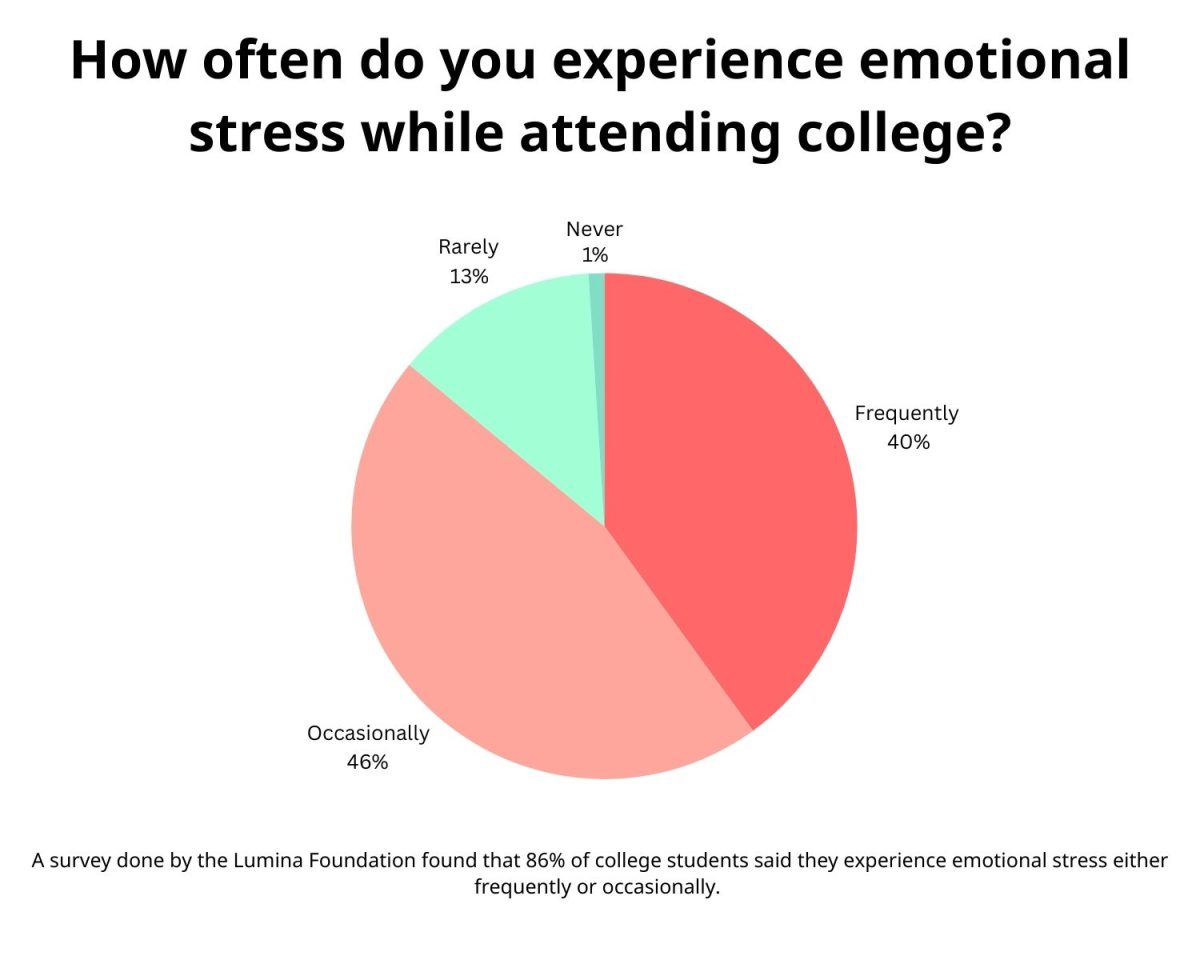You are sitting on your couch with your eyes glued to the screen, unable to contain your feelings of excitement and joy, watching as your favorite childhood series finally meets the silver screen. You feel a wave of nostalgia wash over you as you realize that you are about to see all your favorite moments and characters come back to life in a new medium of storytelling.
That moment has come. A sense of joy grows inside you as the main protagonist walks onto the screen, the sun gleaming off their blond hair.
Wait a minute, blond? That can’t be right. That is not what they looked like in the books.
It is no secret that cinematic adaptations are known for taking liberties with their literary source material. Oftentimes, subplots are dropped and recurring characters are removed or combined in order to lighten the narrative load of the film. In more extreme cases, such as the Percy Jackson movies, the entire plot will be rewritten in an attempt to appeal to a different target audience.
Another common form of change is when an adaptation chooses an actor for their ability to play a character over whether or not they actually fit the character’s appearance in the source material. For example, in the new Percy Jackson series, a majority of the cast was chosen based on who had the ability and talent to play them, resulting in very few of them resembling their literary counterpart.
Despite the critical success of the show, these casting choices, specifically the choice to cast African American actress Leah Sava Jeffries as the traditionally blond Annabeth Chase, were met with heavy backlash from a vocal part of the fandom.
This has me wondering — if an actor can play the role, then should we really care if they look nothing like the character is supposed to?
In Shakespearean times, all roles, even the female characters, were played by men. By contrast, most performances of J. M. Barrie’s “Peter Pan” have the titular character played by a young woman. In a field where an actor’s motions and voice are a necessity to tell a story, it is more important for an actor to know the character than to look like the character.
In some cases, an actor can give such an amazing performance that they overtake the original version of their character entirely.
Take the character of Nick Fury in the Marvel Cinematic Universe as a prime example. Since his appearance in the 2008 film “Iron Man,” Samuel L. Jackson steals every scene he is in, masterfully combining humor and charm with ruthlessness and manipulation to create a spymaster who always keeps audiences guessing.
His performance is so iconic that it may genuinely surprise people to learn that not only was the original Nick Fury from Marvel Comics, created in 1963, a white man, but that he had been previously played by David Hasselhoff in the incredibly forgettable 1998 TV movie, “Nick Fury: Agent of SHIELD.”
Sometimes changing a character can actually help modernize them and portray them in a way that new audiences can understand and relate to.
By changing Nick Fury from a World War II veteran who grew up during the Great Depression to a man who grew up in the deep south during the civil rights era, fighting systemic, racial injustices and biases from his own government employers, Marvel creates an explanation for the character’s actions and behavior that a modern audience can easily understand.
Likewise, the casting of Leah Sava Jeffries as Annabeth helps depict her struggle of wanting to be seen for her intelligence in a way that is more relatable to today’s audience. The dumb blonde stereotype that the original Annabeth Chase character sought to challenge is overdone in the media. A member of a minority group that struggles to be taken seriously among her peers, however, is relevant today more than ever.
On the flip side, there are some cases where a studio focuses more on casting an actor who looks like the character, only for it to blow up in their face.
Look at the original Percy Jackson film adaptation. Logan Lerman looks like the spitting image of the titular character, but his acting in this pathetic excuse for a film series is so bad that Disney Channel actors appear Shakespearean by comparison.
If I had to choose between an actor who looked identical to the character, or an actor who could instantly become the character in personality and body language, I would choose the second option every time.
After all, if we could survive eight wizarding world movies with a blue-eyed Harry Potter, I think the general public can handle a multi-season television show starring blond Percy Jackson, Indian Grover and African American Annabeth.







